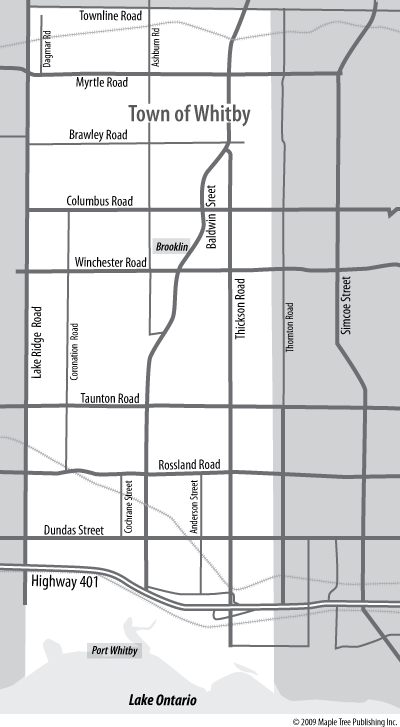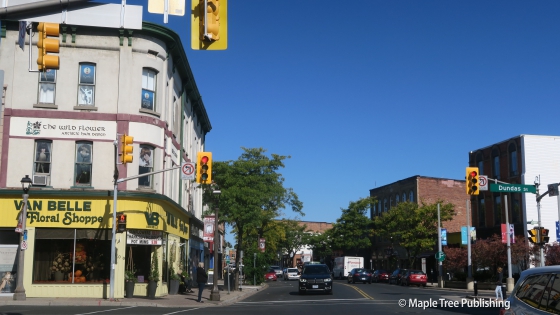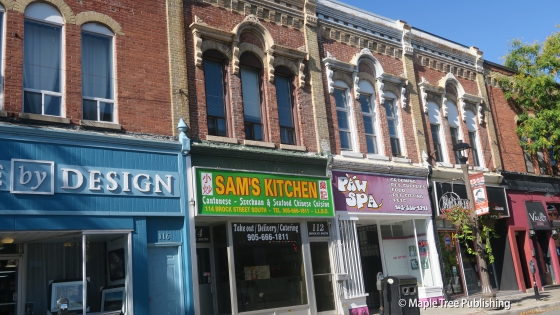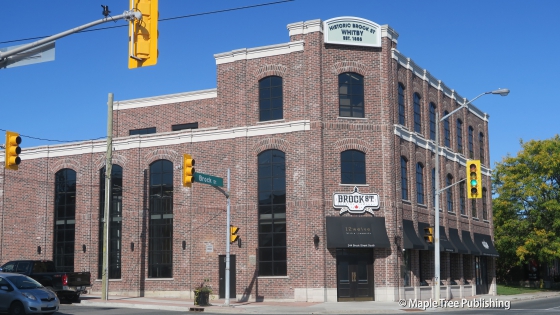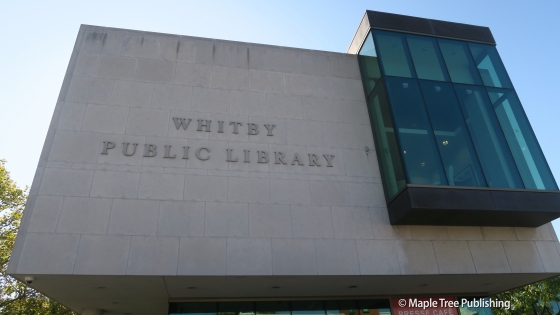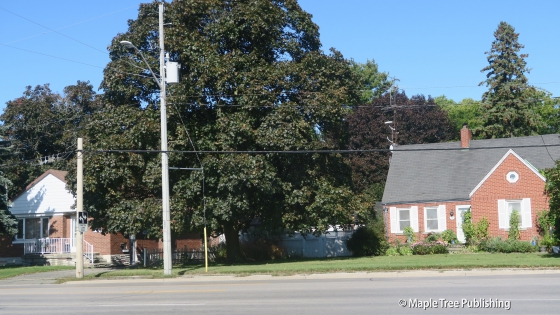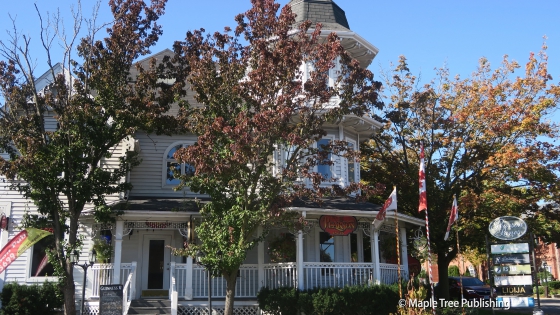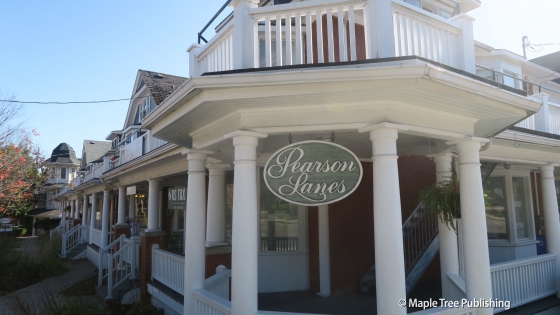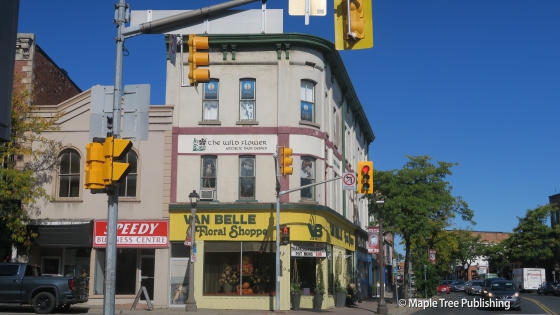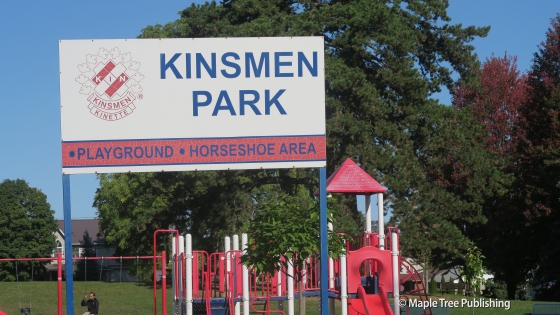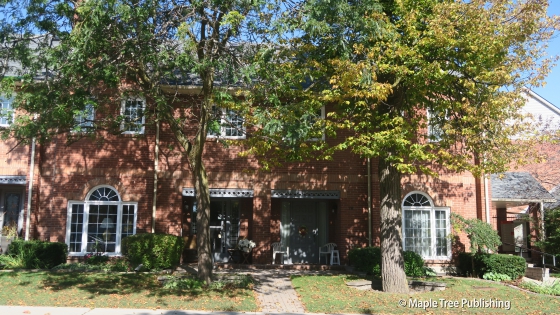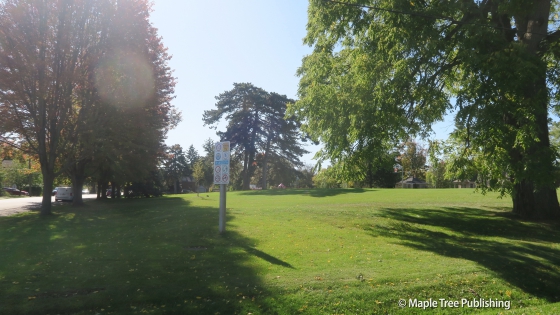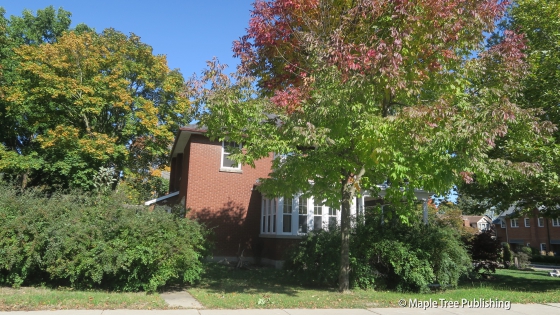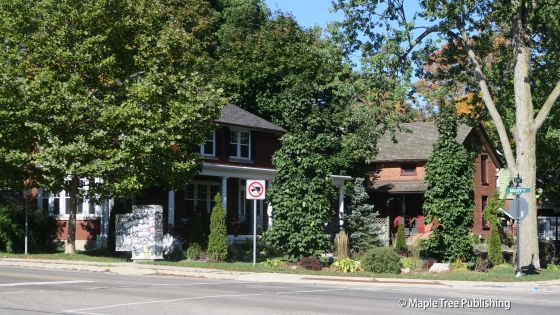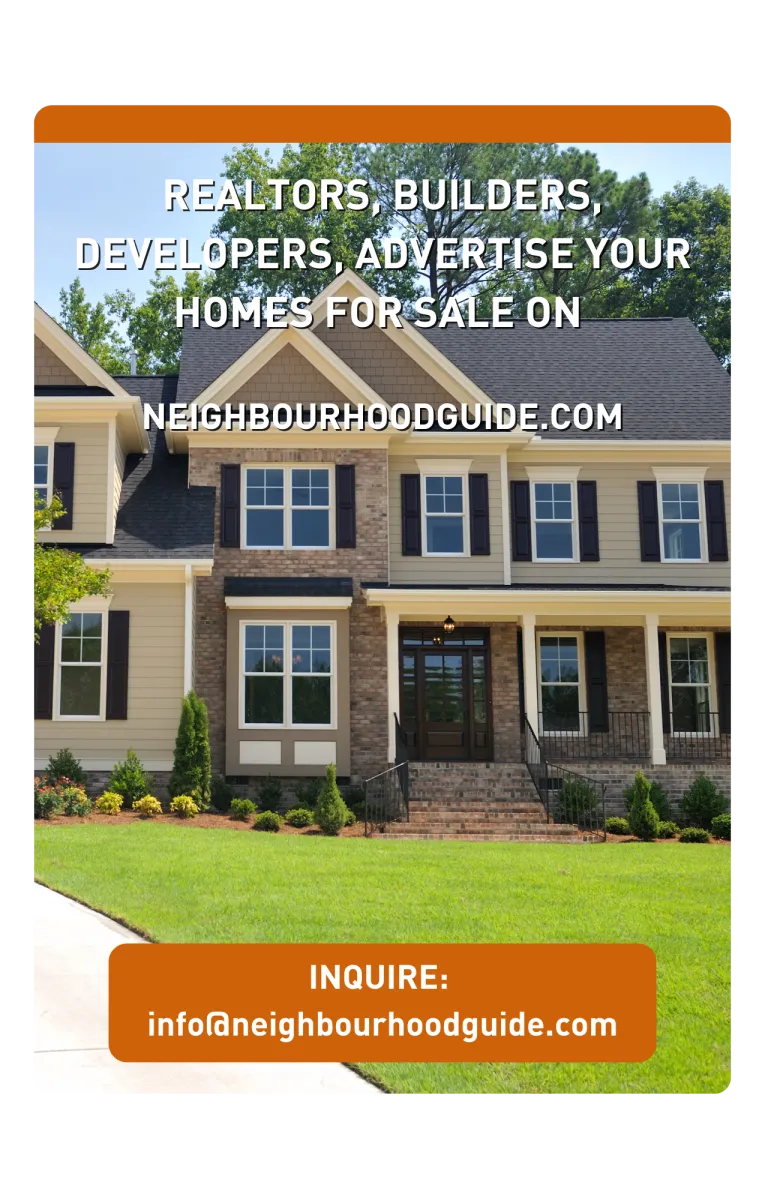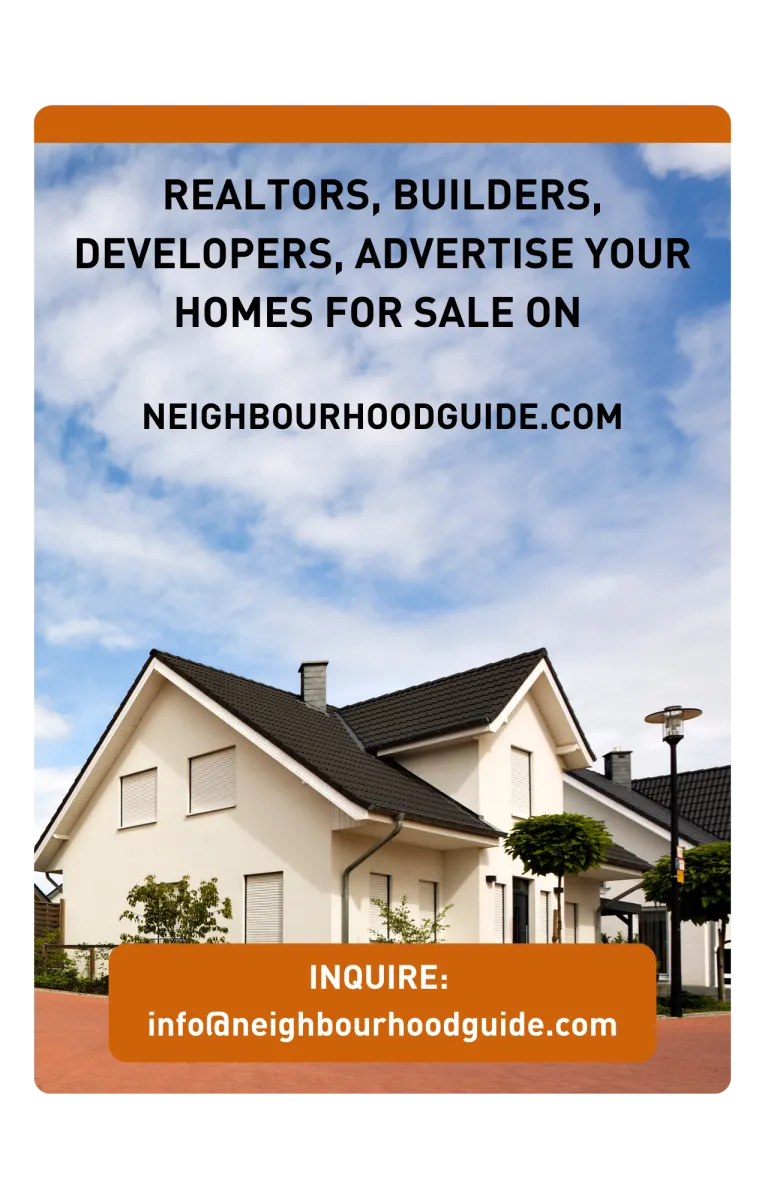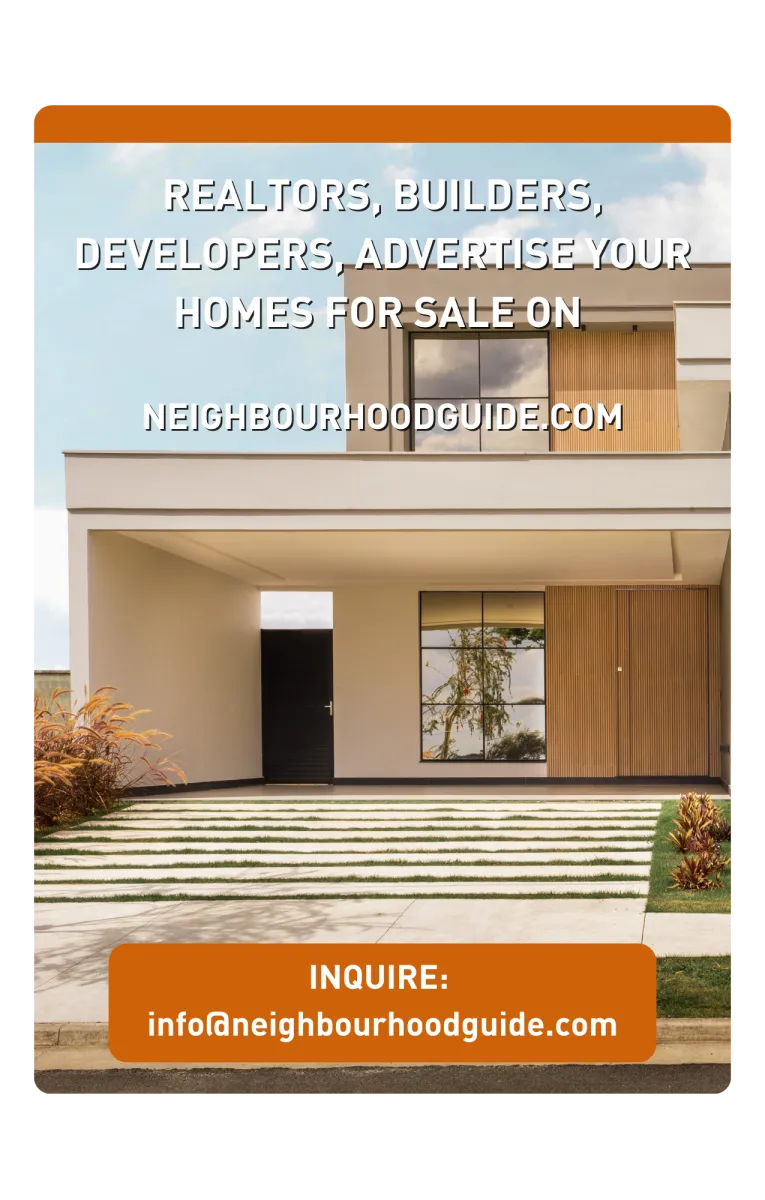Downtown Whitby
History:
A merchant by the name of Peter Perry is credited with developing Whitby’s downtown neighbourhood. Perry operated a general store at the corner of Brock and Dundas Streets where a commemorative plaque now stands. The plaque reads: “On this site, Peter Perry (1792- 1851) built a general store in 1836, establishing Downtown Whitby…” In 1846 Perry submitted a plan of subdivision for downtown Whitby that became known as Perry’s Plan. By mid-century residential development was underway consisting of stately Victorian and Regency Style homes that reflected the affluence of the merchants who operated businesses in Whitby during this period. Asa Werden a prominent farmer, businessman and political figure is also credited with developing the downtown Whitby neighbourhood with Werden’s Plan of subdivision registered in 1854. Most of the houses in downtown Whitby were built in the mid to late 1800s and early 1900s when Whitby was at the height of its prosperity.
Overview:
Downtown Whitby looks and feels more like a village than a neighbourhood. Centred at Brock and Dundas Streets, Downtown Whitby has a fine collection of heritage buildings that are the centrepiece of a busy downtown shopping area. The Legion Hall and historical churches enhance the village ambiance. Neighbourhood landmarks include: the contemporary Whitby Public Library building, the Pearson Lanes shopping boutiques on Mary Street, and Rotary Centennial Park off Brock Street.
Lifestyle:
Downtown Whitby centred at the “Four Corners” intersection of Brock and Dundas Streets is a vibrant commercial corridor lined with heritage buildings that are occupied by a variety of shops, restaurants and businesses.
Homes:
Downtown Whitby has a large collection of heritage homes with styles including Victorian and Craftsman style homes. There are also many wartime bungalows with frame or brick exteriors. Around the edges are pockets of infill townhomes with architectural styles that blend in nicely with the streetscape.
Downtown Whitby Stats
Walkability:
High
Bikeability:
Low
Public Transit:
High
Affordability:
Medium
Greenspace:
Low
Medium
Legend: Low, Medium, High
Commute Times
* All commuting times provided are approximate times only. Commute times may increase or decrease depending on where you live within the neighbourhood and the time of day i.e rush hour versus off hour commutes. Time estimates to public transit are based on walking distance or bus line connection whichever is quicker. All other commute times on the chart above are based on drive times.
